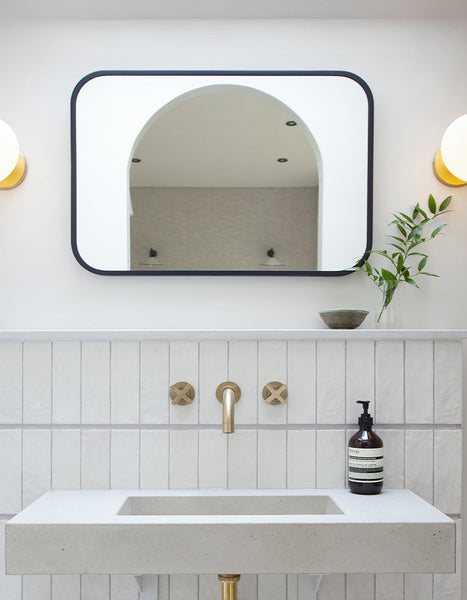Everything You Need To Know About The Halogen Ban

The ban on importing or producing new halogen bulbs in the EU is in force from September 1st 2018. If you currently have halogen bulbs in your home, it’s a good time to think about switching to LED lighting. Here’s what you need to know.
Why is the ban coming into place?
The ban is all about improving energy efficiency and cutting carbon emissions across the EU by taking less efficient light sources off the market. This started with traditional incandescent light bulbs in 2009 and now includes halogens.
What makes halogen bulbs less efficient?
Halogen lights get hotter than regular incandescent lamps because the heat is concentrated on a smaller envelope surface, which sits much closer to the filament. This makes it a major contributor to climate change.

What makes LED light bulbs more efficient?
Halogen lights may carry a lower upfront cost, but are more expensive than LED bulbs in the long run because they consume more energy to give off the same amount of light. They also need replacing more frequently.
Halogen bulbs have a relatively short lifespan of around 2,000 hours – approximately two years when used for around three hours per day. Tala LED bulbs have a lifespan of 15,000 – 30,000 hours, depending on the collection.
Halogen bulbs consume around 5 times more energy than LED bulbs due to the excess heat they give off.
The Energy Saving Trust estimates that the typical halogen uses £11 of electricity a year, while a replacement LED would use only £2 worth.

How do I shop for LED bulbs?
You’re probably used to looking at wattage when buying light bulbs, but this only measures energy use. Because LED bulbs use considerably fewer watts to produce the same amount of light, lumens are a better way to measure brightness. The higher the lumen output, the brighter the light. Bulbs in our Classic collection range from 120 to 480 lumens, offering a range of levels to suit different uses.
The other important factor to consider is colour temperature, measured in kelvins. Bulbs with a colour temperature of 2,200K deliver a warm, amber glow that mimics a dimly lit incandescent bulb: perfect for setting the mood for an evening at home. Bulbs with a higher colour temperature of 2,700K, such as our Porcelain range, offer a warm-white hue.
Browse our full range today and drop us an email hello@tala.co.uk if you have any questions. We’d be happy to help.



